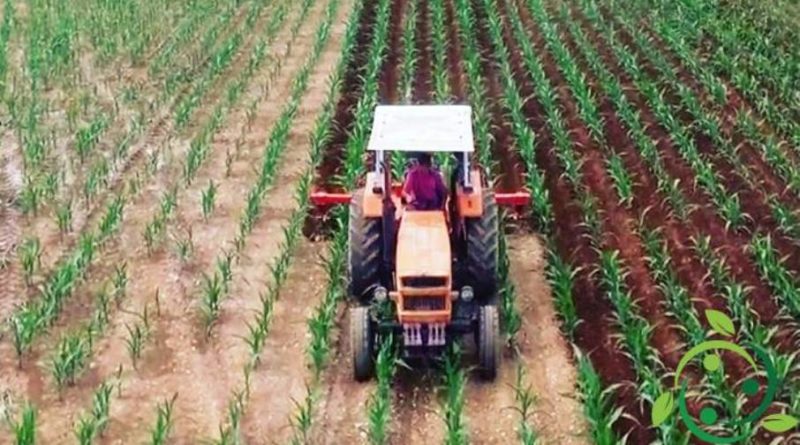Weeding
Weeding
Weeding, in agronomy, is a surface processing of the inter-row performed in order to stop the capillary rise of the water, in order to contain losses by evaporation, and to remove weeds.
Weeding is carried out with specific machines (weeding machines) or with machines used for other purposes but suitable to be used also for weeding. In marginal or high-income agriculture (such as horticulture or floriculture) it is done manually with hoeing. In this case, tools such as the hoe or specialized tools such as the “fork” or the rake are used, with which it is possible to obtain a superficial weeding of seed beds made crusty by the rains.
The weeding was in fact, carried out for millennia, through the hoe; today in intensive cultivation and on large areas, mechanical weeding is used with mechanical hoeing machines or with rotary cultivators equipped with the appropriate rotary tools, possibly followed for valuable cultivation in the finishing weeding greenhouses. Furthermore, in many crops, manual or mechanical weeding is followed by tamping and possibly in very light and soft soils, the rolling of the soil.
Weeding, with all its variants, has the following purposes:
– The mechanical destruction of weeds;
– improve the circulation of air in the ground;
– facilitate the penetration of solar heat into the ground in cold climates;
– decrease the evaporation of water, interrupting the capillarity of the soil, to retain moisture.

